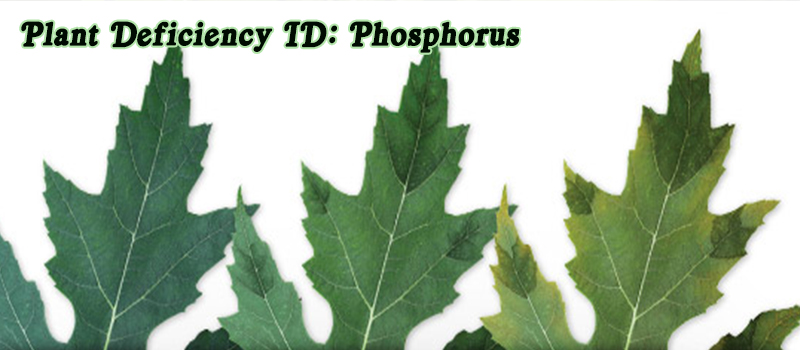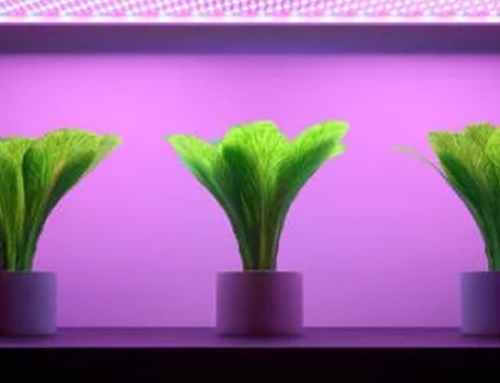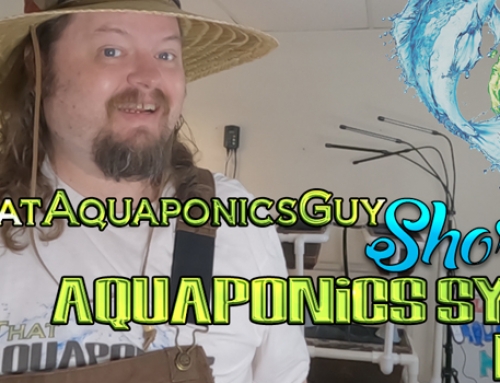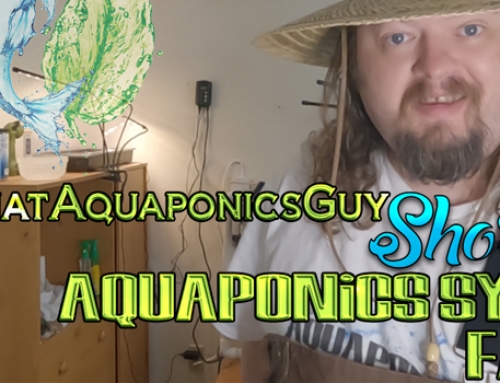Phosphorus Deficiency In Aquaponics
Phosphorus is one of the primary nutrients necessary for healthy plant growth. Luckily, it does not get deficient in aquaponics systems quite as often as other aquaponic nutrient deficiencies. Although phosphorus may be present in your system, the level may not be high enough for certain plant stages. Plants need more phosphorus during root development and again when they begin to produce flowers and fruit. A phosphorus deficiency in aquaponics could explain why your plants are not producing at the level you would desire. To fix this issue, you need to know how to supplement phosphorus in aquaponics. It is also important to understand why maintaining a balance of phosphorus in aquaponics is necessary.
How Phosphorus Deficiency Affects Plants
Plants use phosphorus for a variety of important functions. It is one of the basic nutrient-building blocks that plants need to produce energy and grow. Phosphorus plays a role in root development during the early stages of plant growth. As plants mature, phosphorus is again needed to produce flowers, develop fruits and flowers, and produce seeds. One of the most important functions of phosphorus in plants is its use to produce flowers and fruits. Phosphorus is what triggers plants to develop flowers and fruit. It is also used to help fruit grow to normal sizes. Many low-producing tomato or pepper plants are just in need of some phosphorus.
Without enough phosphorus, plants will not be able to produce. This can be disastrous, resulting in a low yield or, in severe cases, a no yield harvest. When a phosphorus deficiency in aquaponics occurs, your non-fruiting plants may be fine, but those that produce fruit will suffer severely. Flowers may not appear or could show up much later than anticipated. Fruits may not appear, could grow abnormally, or may only reach small sizes. Phosphorus deficiency can also affect the production of seeds, making it difficult to harvest seeds for use.
Confirming Phosphorus Deficiency in Aquaponics
Identifying a phosphorus deficiency can be difficult. It is possible for phosphorus levels to be low enough to affect plant production without causing any noticeable signs or symptoms in your plants. Most aquaponics systems contain some amount of phosphorus, which can be just enough to prevent visible indicators even though the level is too low to support healthy fruit growth. Signs of too much phosphorus are easier to observe. If your system has higher phosphorus levels, you will experience problems with algae blooms. If algae have been an issue in your system, you likely do not have a phosphorus deficiency. Unfortunately, lack of algae does not guarantee you have a deficiency either. Many aquaponics growers supplement with phosphorus during the initial flowering phase for their fruit-bearing plants whether deficiency symptoms are present or not.
When symptoms are present, a phosphorus deficiency is usually easy to distinguish from other aquaponics nutrient deficiencies. Plants will show stunted growth, darkening of the leaves near the base of the plant, and a purple or reddish color. The purple coloring is the most common visible symptom. The purple will start in the leaf veins and spread to color the entire leaf underside. This typically occurs in older growth leaves first. Dead brown spots appearing the leaves are also common. Another strong indicator that phosphorus levels are too low is sparse leaf growth. Phosphorus starved plants may reach normal height but will not produce as much vegetation giving them a spindly appearance. Producing a low yield of smaller fruits is also a sign that your plants are not getting enough phosphorus.
Treating Phosphorus Deficiency in Aquaponics
Treating a phosphorus deficiency in your aquaponics system will require adding phosphorus to the system in a way that lets the plants reap the benefits, but without creating high levels in the aquaponic water solution. This is important because algae likes phosphorus just as much as your fruiting and flowering plants do. When phosphorus levels in the water become high, an algae bloom can occur. Keeping phosphorus out of the water and protecting the water in your tank, sump tank, etc. from direct sunlight will help inhibit algae growth and prevent a bloom.
The most common way to supplement phosphorus in your system is using rock phosphate. This is the natural form of phosphorus, and it is available at most gardening supply stores. There are other forms of supplemental phosphorus available that work just as well. You can basically use whichever phosphorus supplement is easiest for you to find. You should aim for around 20 to 40 ppm or parts per million of phosphorus in your system for fruiting plants.
How to Supplement Phosphorus in Aquaponics
- Use a form of phosphorus or phosphate that comes as powder or granules
- Put the phosphorus supplement directly into the grow beds
- Avoid putting phosphate on plants that do not produce fruit. This includes lettuce varieties and herbs
- Avoid adding phosphate directly to the water
- Provide extra shading or cover water sources to shield from natural light after supplementing.
Preventing Phosphorus Deficiency in Aquaponics
Although phosphorus can play a major role in the growth of your fruiting and flowering plants, some care must be given to maintaining a balance of phosphorus in aquaponics. It is important that a phosphorus deficiency is properly treated and future deficiencies are prevented, but too much phosphorus can cause plenty of problems as well. To prevent low phosphorus levels from affecting your harvest, be sure to keep your preferred source of phosphate on hand. This will let you act quickly if symptoms show up again and to supplement plants as they begin to flower throughout the life of your system. Generally, phosphorus only needs to be supplemented one time each growth cycle. You can add phosphorus to the grow beds as needed, but be prepared to check levels of or supplement with nutrients like calcium, iron, and magnesium. Too much phosphorus can prevent your plants from being able to uptake these other key nutrients, which can cause other problems.






